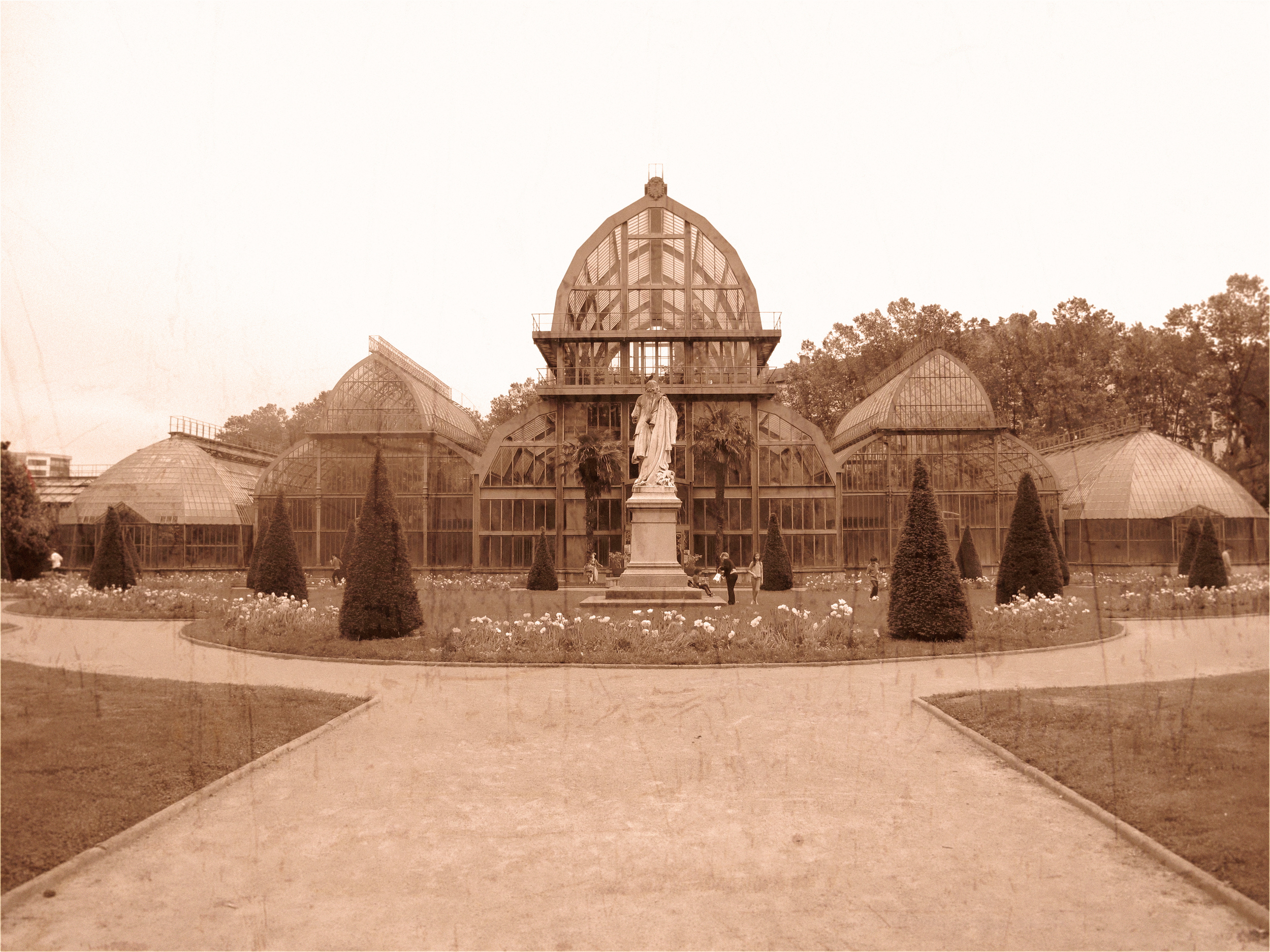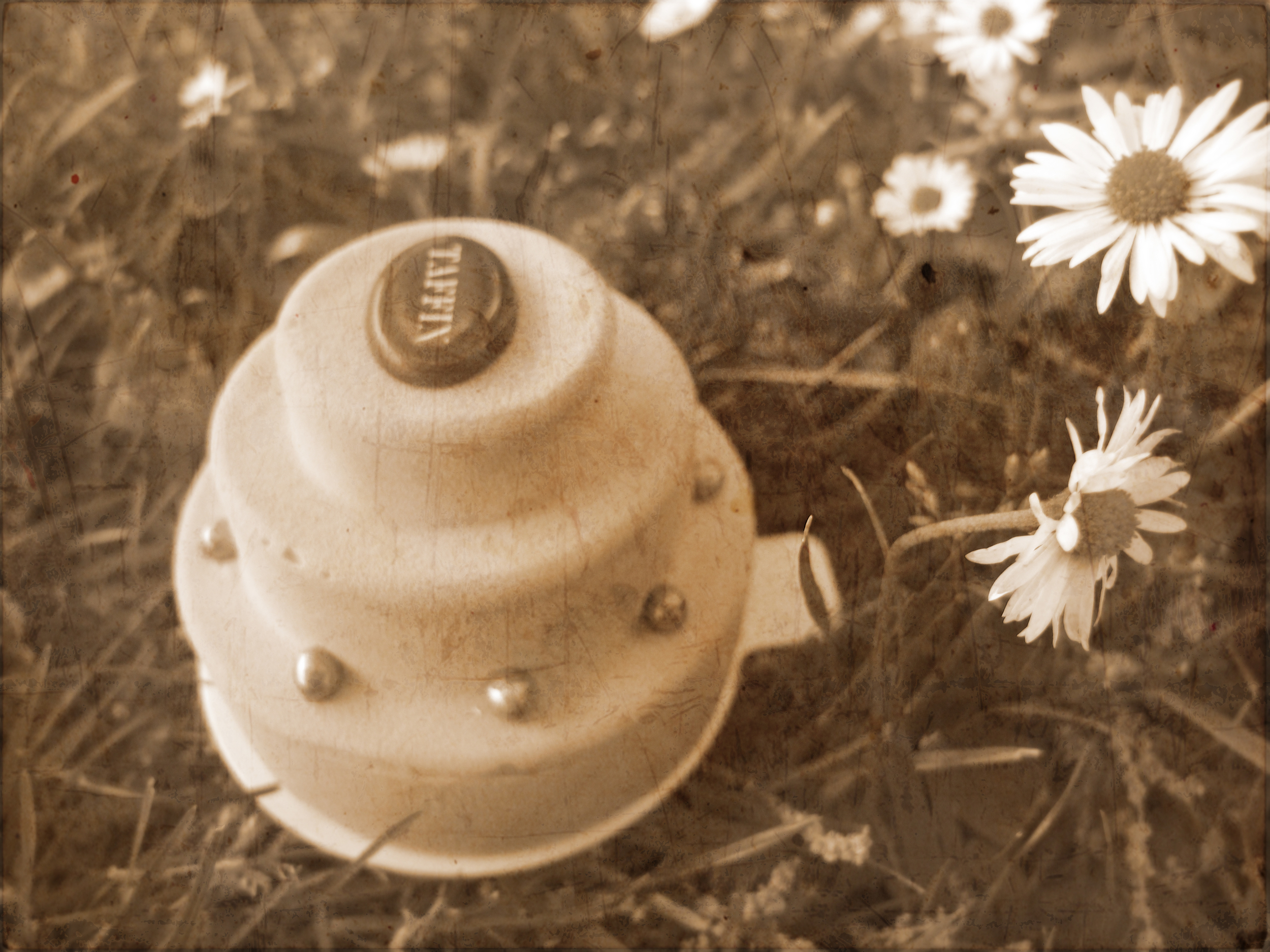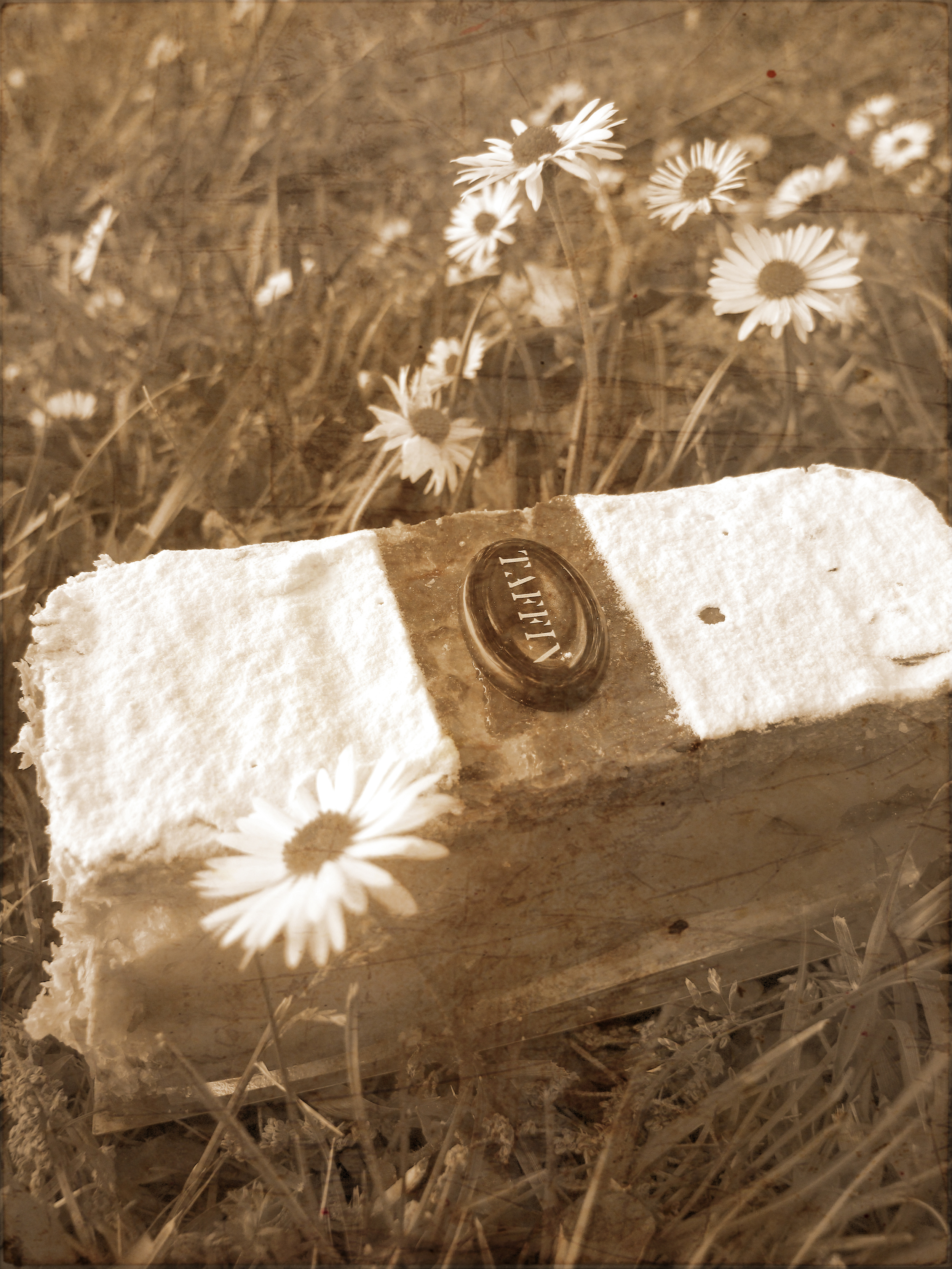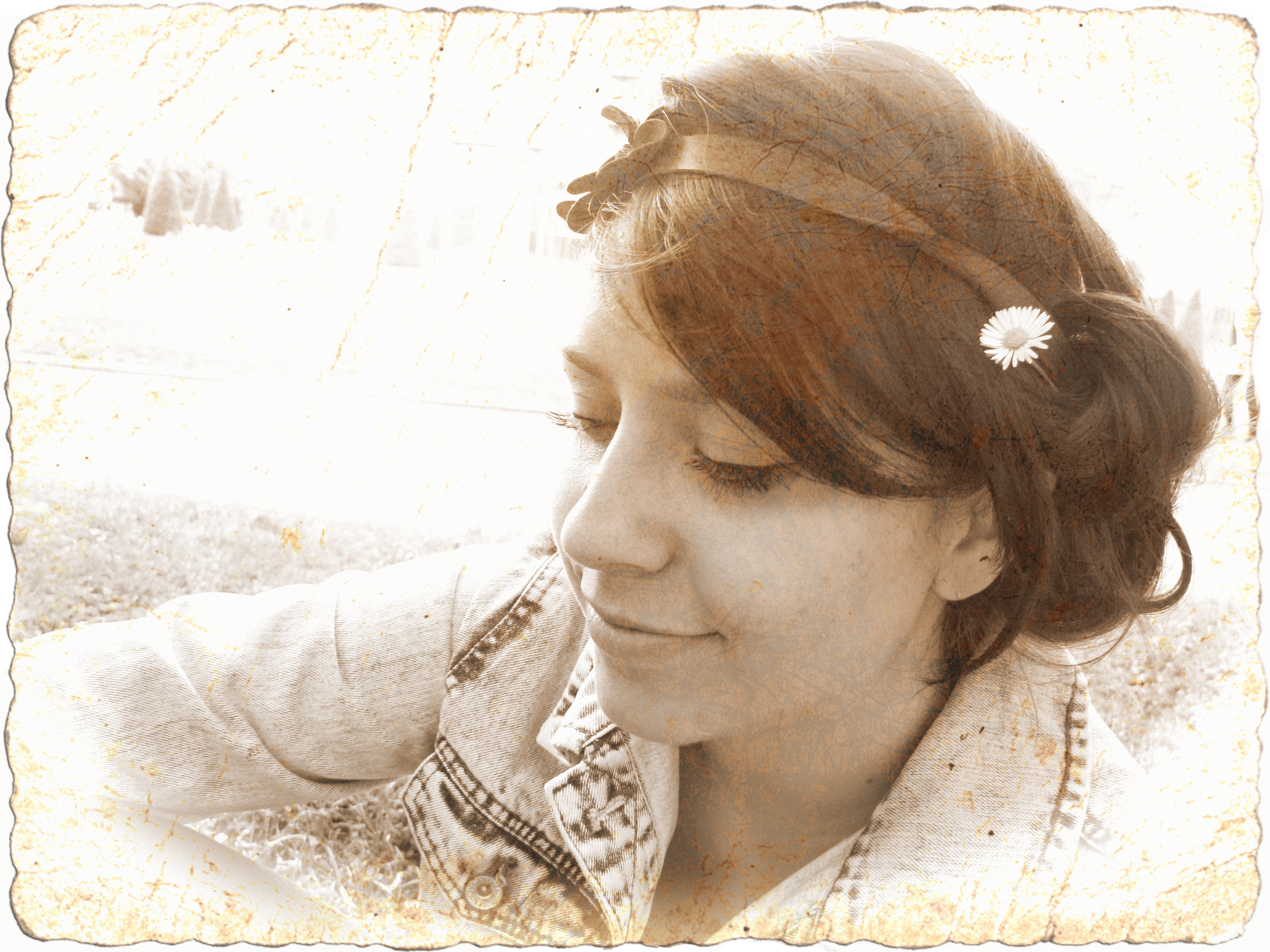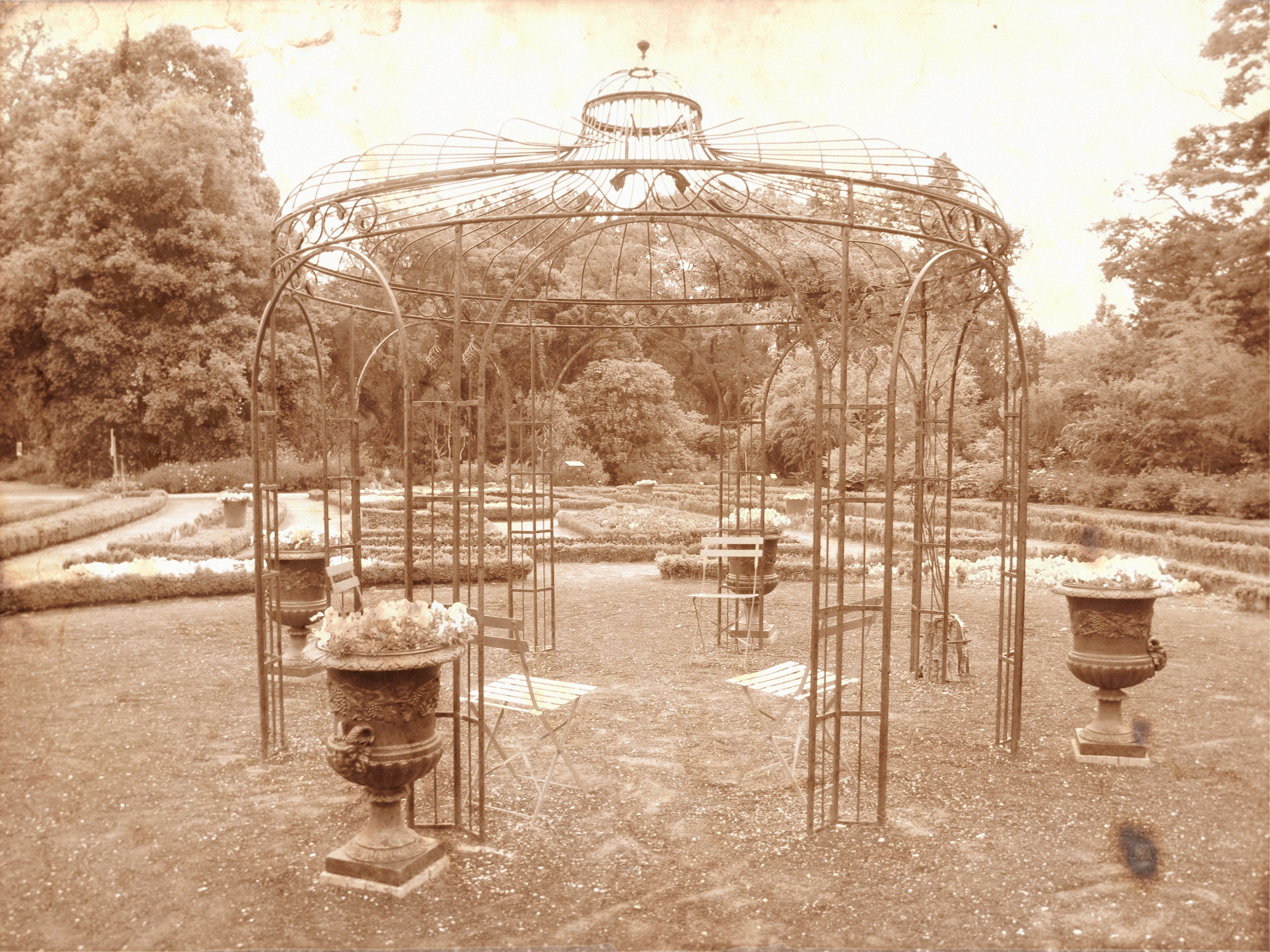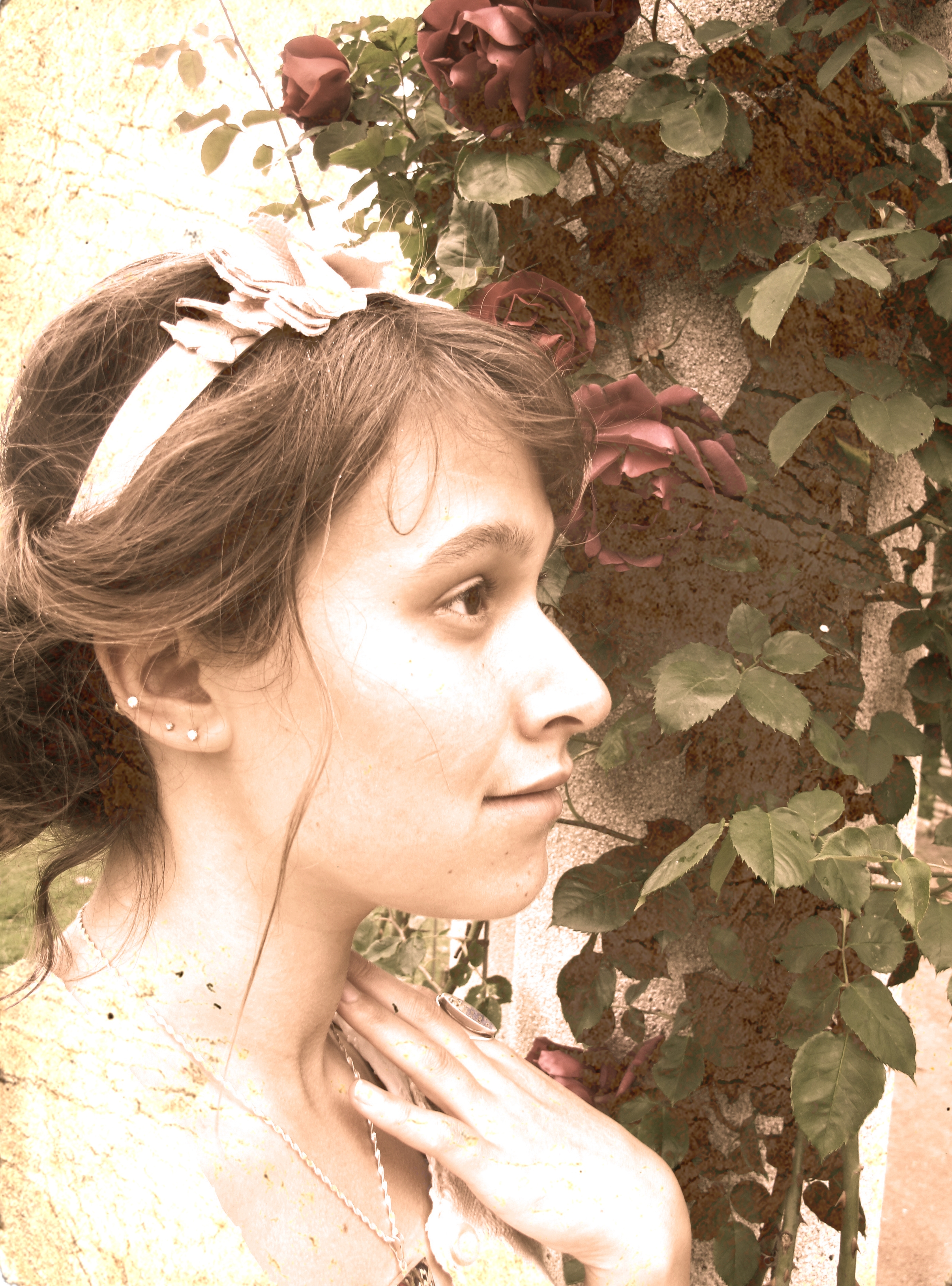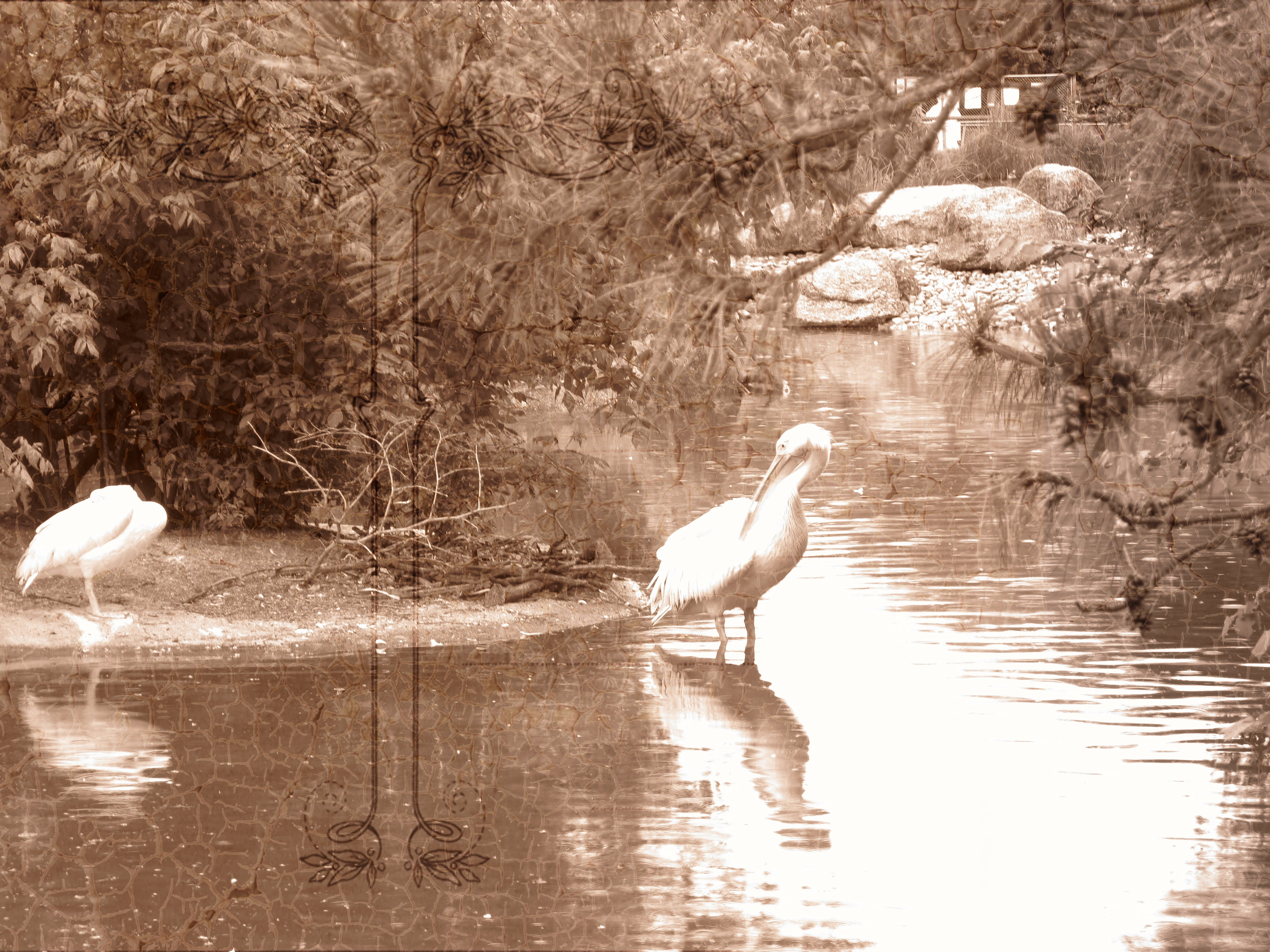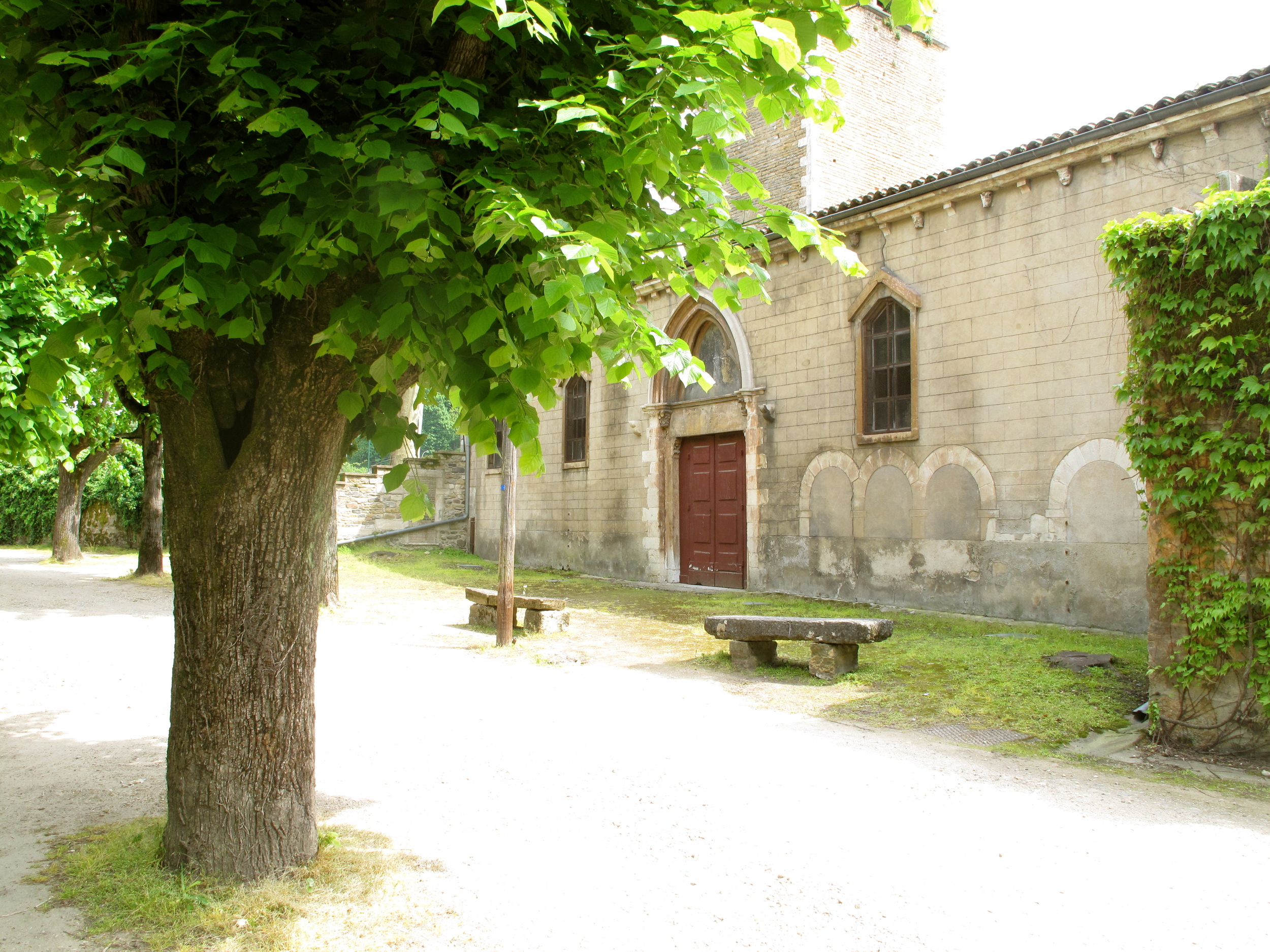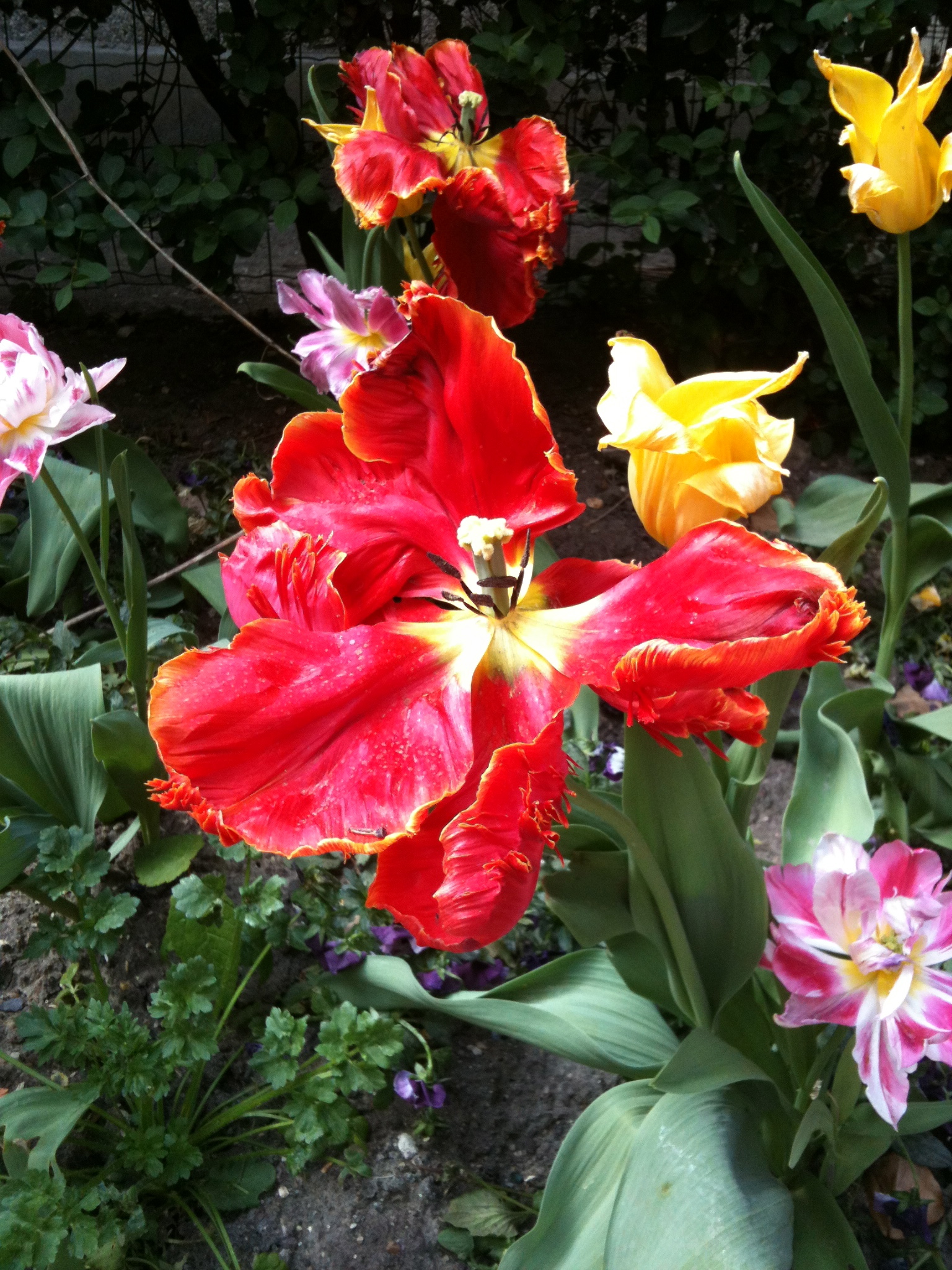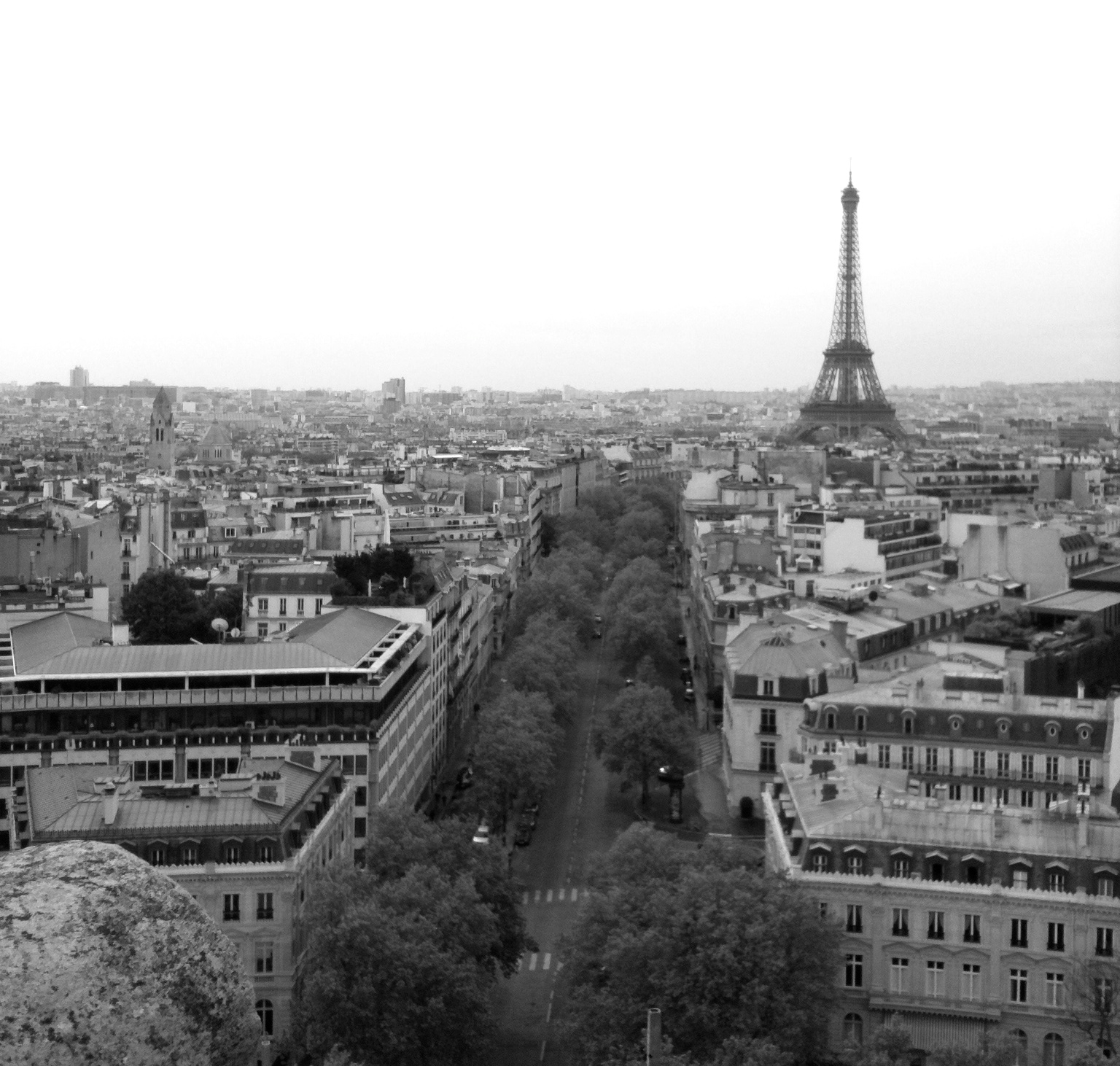...PICNICKING ALFRESCO...
JUNE 4
It is a delight, to picnic alfresco, especially when one is with friends. On this day, I met with Nicole and Penny, to gather cakes and other such small treats for our luncheon in the park.
The Parc de la Tête d'Or offered us a perfect day of Victorian whimsies, what with the extensive flower gardens, glasshouses and herbariums, and the beautiful zoo filled with exotic creatures.
Penny and Nicole were such good sports, allowing me to do their hair in new styles while we talked about all manner of things.
After luncheon, we three resolved to walk through the glasshouses and observe the plants that were growing there. I made several rapid sketches of certain plants that seemed to me quite pretty, and kept these in my notebook.
I do adore plants, and to study them in sketch is great fun, but I am also reminded of a lovely article I once read about the collecting of different plant types. I will attach a copy below:
GOLDEN HOURS
May 1878 pp. 232-233.
Even those who think that 'botany' is a repulsive science, bristling with unmeaning and unpronounceable names, will probably confess themselves fond of gathering plants. Some love to cull flowers, others to hunt for ferns, and others, again, to collect grasses. The mere mention of these things will awaken in the minds of many who read our pages a longing for green fields, shady lanes, and bosky dells; mingled, perchance, with a little impatience for the full bloom of Spring or Summer. We wish to appeal to such feelings, and to turn them to some account in the present paper; for what is 'out-door botanizing,' but picking plants, with something more of knowledge and definite purpose than the gatherer usually possesses? Do not take fright at a few technical terms. Every language and every trade must needs have them; and what if every lad who is apprenticed to a watchmaker, or every lass who begins to learn French, were to give up in despair because a number of unfamiliar words had to be committed to memory and understood. Botany will prove intelligible, if we will only throw our fears aside, and be content to learn by degrees.
Our young friends, we will assume, are desirous of taking a first step in plant-lore by becoming collectors. This is truly a step; for no book knowledge, can compare, for interest and benefit, with actual inspection of living plants.
For gathering and preparing, you will require but cheap and simple implements - a digger, a tin box (called a vasculum), and a press. A hand-trowel, such as you can buy at a hardware-store, or even an old case-knife, will form a capital tool for digging. A vasculum is a long tin box, which is strapped to the side of the collector like a telescope case; but a press has some advantages. It is made thus: two pieces of mahogany, or some other wood which will not bend, are strapped together, and a quire or two of blotting paper placed between them. Fifteen inches by eleven is a convenient size for boards; and, by means of a third strap, the press may be easily carried. As soon as a plant is selected, it is carefully take up - root and all, if not too large - with the digger, shaken free from earth, and laid between two half-sheets of paper, in as natural a position as possible. The straps are then tightened, and the collector moves on.
The plants thus gathered will need to be preserved by drying and further pressure. The drying process is accomplished by keeping the specimens between sheets of blotting, or porous paper for some days, changing the paper several times, so as to remove all moisture. They are then fixed to sheets of cartridge with gum or thin glue, and kept in a drawer supplied with camphor to keep out insects. But, as the drying must be under pressure, the aforesaid boards, or two stouter ones of slightly larger dimensions, may be used, the requisite pressure being given by screws and nuts, or by weights, such as bricks neatly packed in brown paper.
Some plants preserve their colours in drying much better than others; but in the eyes of a collector, the specimens he has gathered in his own hands are always replete with beauty and interest.
I am truly of the opinion that the study, and admiration, of plants will lead a person to feel more connected to nature - perhaps to grow fonder as they begin to understand more about this world.

